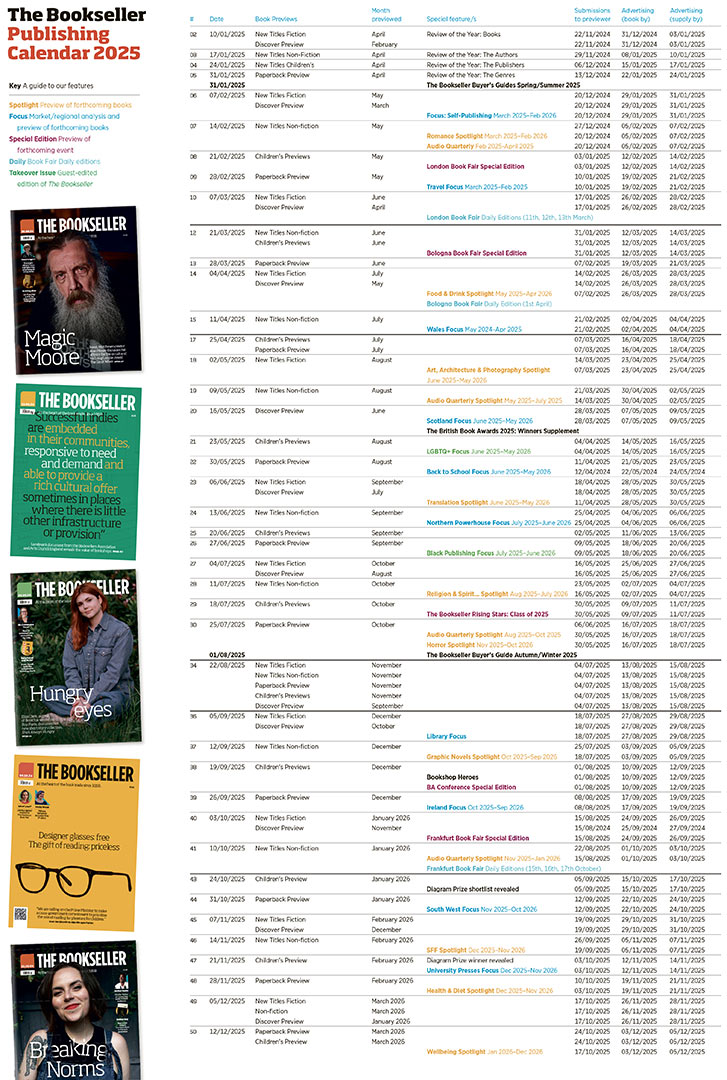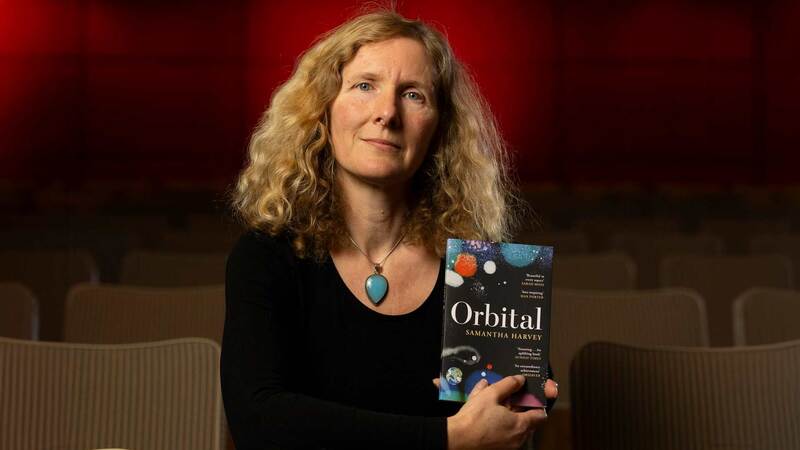You are viewing your 1 free article this month. Login to read more articles.
We need architects, not posters
In the 1930s, legendary public relations counsel Edward Bernays was hired by a consortium of publishers. They asked him to help with the deceptively straightforward goal of selling more books. Perhaps they had a conventional campaign in mind, but Bernays was never one to settle for ordinary solutions. While most marketing professionals pride themselves on their ability to link their products to new consumer behaviours, Bernays took the reverse approach: he shifted behaviour to fit the product. Faced with the challenge of selling more books, he didn’t launch a poster campaign. He called the architects instead.
“Where there are bookshelves,” he decided, “there will be a need for books”. Like many of Bernays’ most daring campaigns, this push was never designed to have an immediate impact on the bottom line. Instead, it would pay off exponentially as a long-term investment. Bernays beguiled the construction industry into making built-in shelving the ‘must-have’ feature of American homes - a legacy still visible in homes from that period. ‘Books making the home’... is a cultural tenet which still underpins book sales to this very day, and stems, at least partially, from Bernay’s ingenuity and the publishers’ courage.
What are the behaviours we could be shifting to sell more books today?
Assuming the ‘if there are bookshelves, there will be a need to book’ formula holds true, what are the environmental factors we could be influencing? There are over 4 million new homes projected to be built in the UK in the next twenty-five years. Will they have bookcases? Over a million new kitchens are installed every year. How do we get a nook for cookbooks included in every floor model and catalog spread? What about a prize for young architecture and design students, encouraging them to develop the perfect bookcase for the studio kitchen? (The prize itself is irrelevant: training a generation of architects to place bookcases in every room is not.) What other environments could we change to make more intrinsically literate? HS2 will put an estimated 60 new trains into service. How do we double the number of quiet cars?
Bernays also never pulled his punches. The obvious campaign to support children’s literacy would’ve been coupled with an aggressive publicity push against screen-time for children. Think of every possible location where a child could get bored - from the supermarket to the living room; Nando’s to the GP’s waiting room. How do we get books into every single one of those places? How do we get wi-fi off planes again? Books are a re-usable, recyclable, and plastic-free form of entertainment. How do we make reading the green Netflix?
The industry already seeks to support libraries and schools, as it should, but what about youth centres, faith organisations, community groups, and pupil referral units? How do we get people to unplug and turn their phones off? How do we get people to take more baths?
Set aside the specifics (some of the above are truly awful ideas), and take this as a more general challenge: where’s the five year, ten year, or generational plan to sell more books? The long-term shifts in behaviour are already moving against us: the decline in book-buying, in book-selling, and reading and literacy more broadly. The need now is as dire, if not more so, as it was in Bernays’ time.
Long-term solutions require bravery, creativity, and commitment. These can be hard to find in a world of quarterly profit forecasts, mercenary shareholders, and high employee turnover. Publishers of all sizes are assaulted with daily, urgent challenges, which can distract - justifiably so - from our ability to plan for the future.
Fortunately, many of the tools are already in place, if underutilised. There are industry bodies to push for collective action and shared spaces that allow cross-sector and cross-disciplinary discussion. There’s a stated industry-wide commitment to diversity, which is essential for uncovering new solutions. There’s further potential in partnerships around education and training; opportunities for new grants, prizes, and accelerator programmes; even the possibility of tactical outsourcing (it worked in 1930).
Ultimately, significant innovation won’t come from the annual off-site ‘strategy day’ or the irregular brainstorm (join for free snacks!). These only put more pressure on those already exhausted by urgent daily commitments. Creating long-term change requires dedicated time to think, plan, and, commitment, and - by definition - patience.















